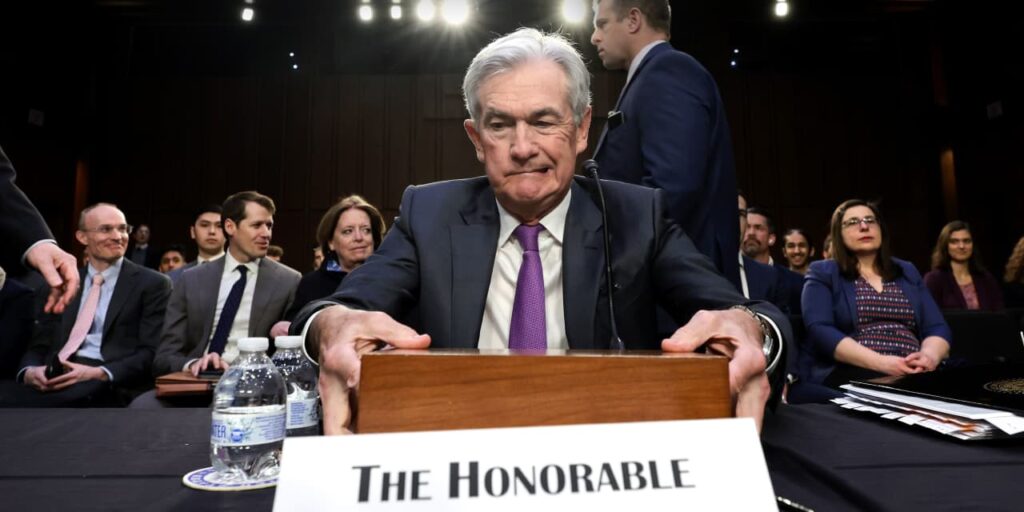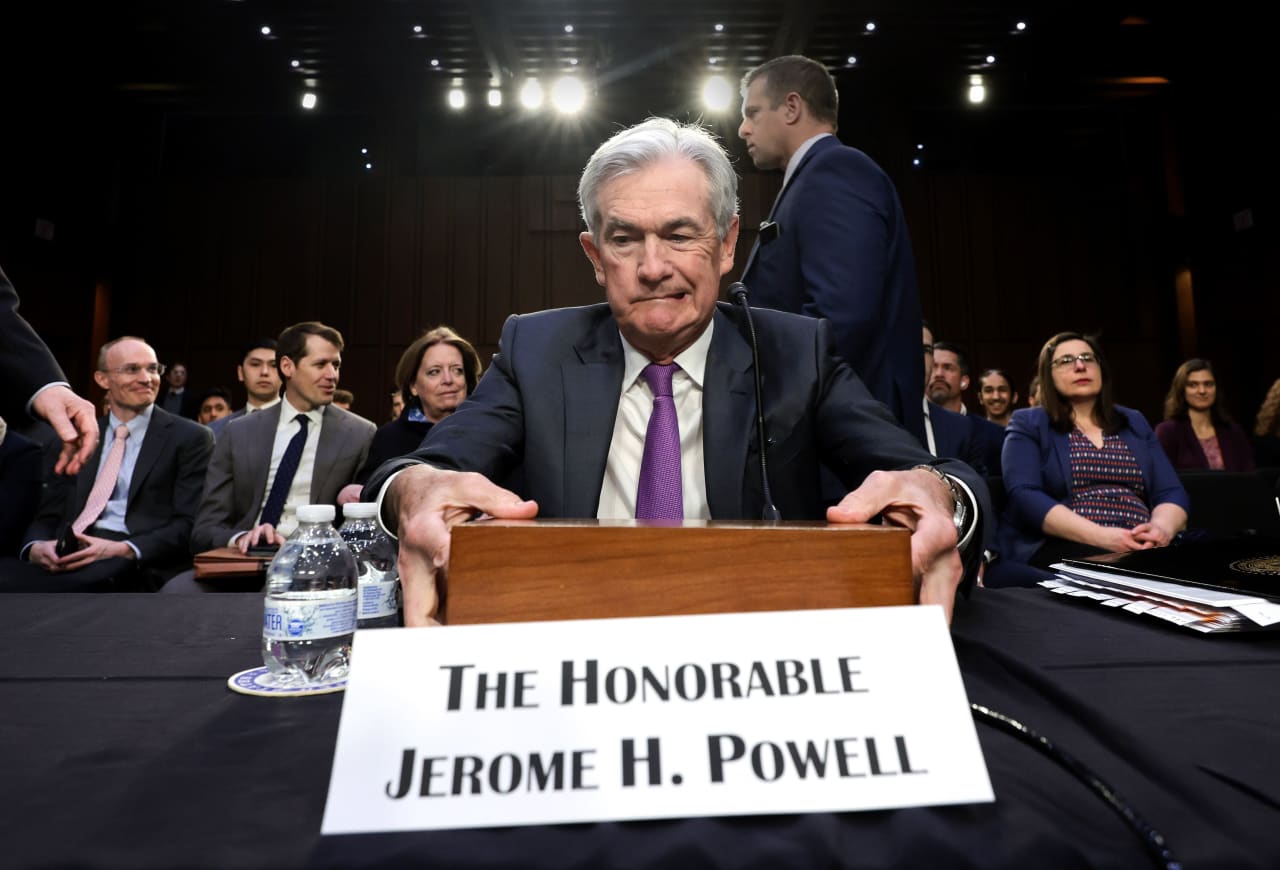History shows even the Fed can’t really predict what it does with interest rates a year out

For a second day in a row, financial markets continued to absorb what’s being described as the Great Monetary Pivot, in which the world’s perhaps most powerful central bank looks ready to start cutting interest rates from 22-year highs starting in 2024.
However, history shows that Federal Reserve policymakers may be just as much in the dark as anyone else as to what they’ll actually end up doing beyond a three-month period. From 2012-2023, the Fed’s interest-rate projections, known collectively as the dot plot, have been only spot-on in predicting where the fed funds rate target would be during a relatively short period of time, according to an analysis done by Glenmede Investment Management in Philadelphia.
The Fed’s dot plot has been less accurate when gauging where borrowing costs will end up the following year and is “astoundingly” wrong when looking two years out, according to the work done by portfolio manager Alex Atanasiu.
Atanasiu used the month of September as the starting point for the analysis since the Fed’s dot plot reflects the level of interest rates that officials think will be appropriate by year-end for each of the next handful of years. The conclusion was that the dots were accurate in only predicting where interest rates would be in December of the same year because policymakers were unlikely to change course in a major way during such a short period of time.
At the center of the financial market’s reaction to the Fed’s surprisingly dovish policy update was a substantial drop in Treasury yields, which continued to set the tone for the rest of the financial market on Thursday.
Treasury yields fell for another day, sending the policy-sensitive 2-year rate
BX:TMUBMUSD02Y
and benchmark 10-year yield
BX:TMUBMUSD10Y
down by 8 basis points and 10.3 basis points, respectively, to almost 4.4% and 3.9% — the lowest levels since June-July. All three major stock indexes
DJIA
SPX
COMP
finished higher, with the Dow Jones Industrial Average securing a record closing high of 37,248.35, while the ICE U.S. Dollar Index
DXY
dropped 0.9%.
Meanwhile, fed funds futures traders grabbed hold of the Fed’s dovish sentiments and ran with it. They’re now pricing in an 87.3% chance that the central bank cuts its policy rate in five to seven quarter-point increments by next December, or more than the three rate cuts implied by the Fed’s projections.
Read: The market is almost always wrong about what the Fed will do next, Wall Street economist warns
“We still think there’s a bit of gulf between the amount of cuts expected by markets and what the Fed is telling us,” said Michael Reynolds, vice president of investment strategy at Glenmede, which oversees almost $42 billion in assets. “The Fed is getting us prepared for a Goldilocks scenario, in which nothing else gets in the way. But history shows that things tend to pop up and disrupt things along the way.”
He cited a variety of “unknown unknowns” over the past two years, such as supply-chain disruptions that followed the U.S. onset of the Covid-19 pandemic and Russia’s invasion of Ukraine. The biggest outstanding risk that remains now is what happens to oil prices, which could set investors up for a “nasty surprise” if they suddenly go higher, he said.
“Time will tell what the appropriate level for interest rates really is, but the market and the Fed may be getting ahead of themselves,” Reynolds said via phone. “Nobody is a perfect predictor or arbiter of where interest rates will go and the conclusion here is that there could be less than three rate cuts in 2024 or more than that. People tend to take the Fed at its word, but there’s too much uncertainty to predict that with any certainty.”
Wednesday’s surprisingly dovish interest-rate outlook from the Fed handed financial markets their best cross-asset performance on a Fed-announcement day in almost 15 years, according to Bloomberg.
“There were a lot of opportunities for [Fed Chairman Jerome] Powell to push back on the loosening of financial conditions that we’ve seen over the last couple of months, and he certainly didn’t,” said Dan Eye, chief investment officer for Pennsylvania-based Fort Pitt Capital Group, which manages $5 billion in assets.
“The market has had to do a lot of the work and heavy-lifting over the last two years, by repricing assets with 500+ basis points of tightening. That’s a lot of work for the financial market to get through, and yesterday was a confirmation that the work has generally been done,” Eye said via phone on Thursday.
Now, “the market is pricing in a lot of good outcomes — a soft landing, Fed rate cuts, and inflation moving back to 2%.”









